Designing Systems and Experiences
When you think of design and design thinkers, do you visualize professional designers and engineers creating new products? Is it difficult to imagine yourself in that group? In fact, design thinking is not only about professional designers creating innovative products. Design thinking is also about designing systems and experiences to improve and reshape the lives of people and organizations. If you are willing to use both the right and left sides of your brain, ask intuitive rather than analytical questions and push yourself outside your comfort zone, you can be a design thinker.

“A system or experience can be designed.” — Caroline Payson, Director of Education, Cooper-Hewitt National Design Museum
The Smithsonian’s Cooper-Hewitt Museum of Design in New York City has developed a design thinking curriculum that moves beyond products to systems and experiences. “Design thinking designs programs and systems to help people think like designers as a way of problem-solving,” explains Caroline Payson, the Cooper-Hewitt’s director of education. “Design thinking is about creative problem-solving and is not successful unless it works for the user.” A two-day summer workshop at the Cooper-Hewitt Harlem Center of Design for a group of educators and community members offered the perfect opportunity to observe design thinking in action.
The “students” at this workshop are local leaders of the Will to Adorn initiative on African American identity, sponsored by the Smithsonian’s Center for Folklife and Cultural Heritage in Washington DC. The Will to Adorn project currently operates in several cities throughout the United States — Atlanta, Chicago, Cleveland, New Orleans, New York, Providence, San Francisco and Washington, DC. Its goal is to identify, document and present wearable African American art traditions in a variety of regional, occupational, and faith based communities.
Workshop participants articulated a myriad of design challenges. Educators from New Orleans sought to re-establish community ties with local artisans that had splintered since Hurricane Katrina. Artists and social service workers from Providence wanted inmates at a juvenile detention facility to reimagine their futures by creating science fiction. Community organizers in New York City sought to reconnect youth to the older generation by identifying and sharing past, present and future fashion trends.
Cooper-Hewitt facilitators addressed these and other individual design challenges by plunging the participants into the collaborative, non-linear process of design thinking, emphasizing the central role of the “end users” in the success of a program or experience. Design thinkers do not presume to know what the end users want. Rather, they recognize their preexisting assumptions, ask lots of questions and spend time observing the lives of users in order to generate a wide range of possible solutions.
Using empathetic “how might we …” questions, participants brainstormed to find “wild, darling and practical” solutions. Constraints often help focus design challenge questions. For example, any ideas about school improvement must consider the existing bureaucratic practices of a school system. Once they agree on potential solutions, design thinkers design and execute prototypes. Prototypes give life and form to ideas … and quickly distinguish the good ones from the bad ones. Prototypes are often models but may take many different forms, such as mind maps or collaborative web-based presentations.
Prototypes usually are refined and, sometimes, reimagined, through several iterations as design thinkers revise initial questions and pose additional solutions. While the rapid generation of potential solutions and multiple prototypes is encouraged, design thinkers give ideas time to develop and mature before rushing to test and evaluate. They return to the end users and seek feedback, which often results in revamping questions and prototype designs.
Will to Adorn project participants reinforced learning by applying design thinking to their local challenges. For example, the Cleveland project focuses on urban fashion. One particular activity engages middle school students in the design of new school uniforms. Project leaders will interview selected students and spend time observing their daily school life before working with the students to design a “how might we …” question. One proposed question, “How might we create faculty acceptance of student designed school uniforms?”, presents brainstorming opportunities for “wild, darling, and practical” solutions.
Cleveland project leader Sherrae Hayes shared with workshop participants stories of student boredom with the circa 1990 school uniform of a white polo shirt and navy blue docker pants. Students want to design new uniforms with “swag” and attitude. The Cleveland team submitted three solutions for consideration: a “wild” solution calling for a total redesign of the school uniform that reflected current urban fashion trends; a “darling” solution focusing on the complete redesign of only particular elements of the uniform; and a “practical” solution adding new and innovative accessories, such as socks, to the current uniform.
The presentation revealed that the existing school policy on uniforms could be a major constraint upon student-designed uniforms. A discussion of this constraint suggested that the real design challenge may not be the redesign of the uniform. A subsequent iteration led to a new design challenge: “How might we collaborate with school administrators to draft a new school uniform policy?” A new question, in turn, prompts new ideas and prototypes to solve the design challenge.
Design thinking is an innovative approach to solving problems that expands beyond products to systems and experiences. It has the potential to engage and empower the very people who traditionally have been relegated to the role of “beneficiaries” of prescriptive solutions dictated by experts who know little of local realities and constraints.
As the Will to Adorn initiative illustrates, design thinking as a method of collaborative research transforms discrete anecdotes about African American personal dress and adornment in local communities into comparative systems and experiences to define and express diverse identities in the United States.

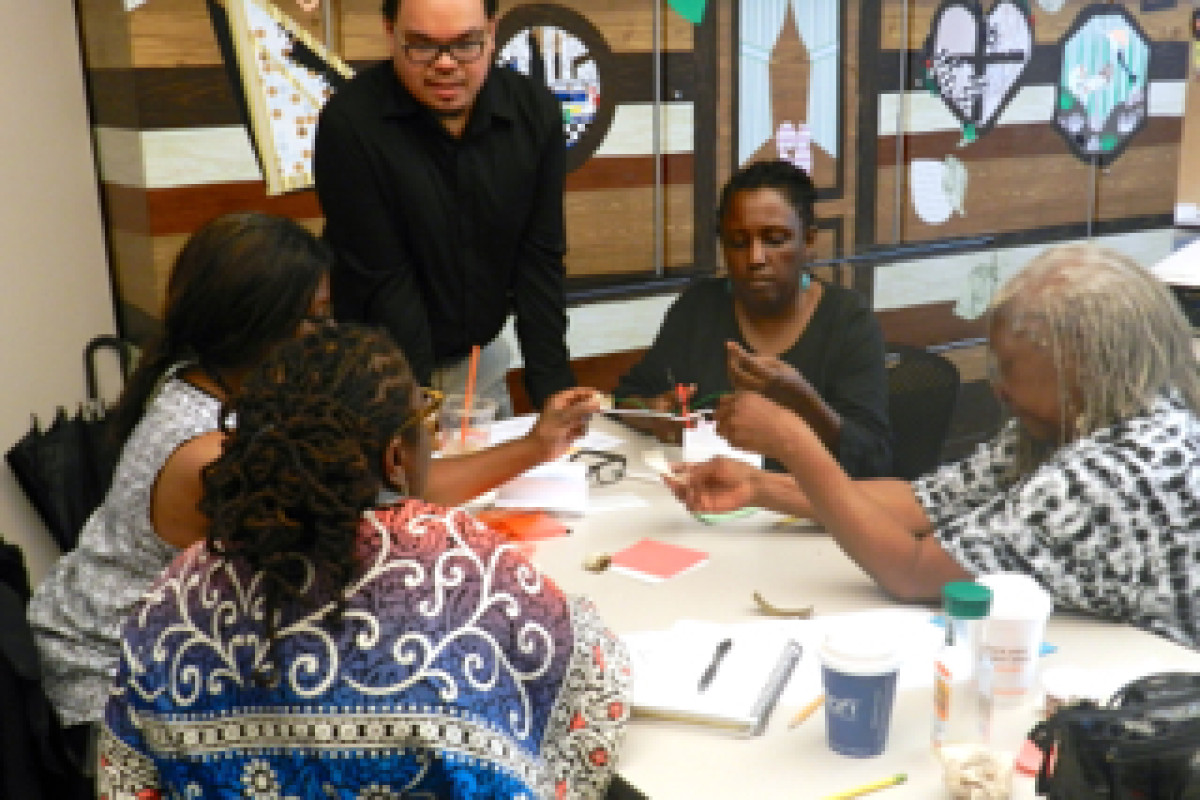








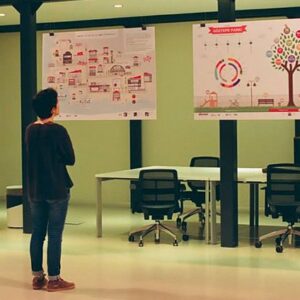
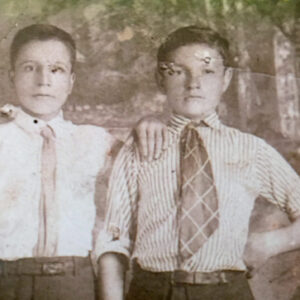

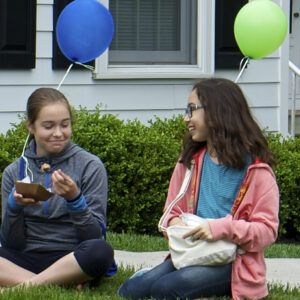

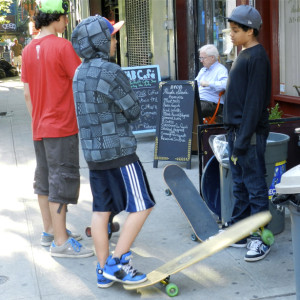
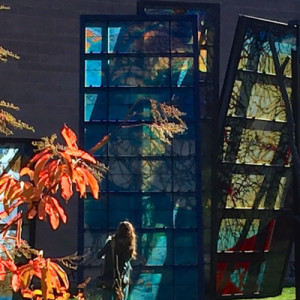
whoah this weblog is excellent i really like reading your articles. Keep up the good work! You understand, many individuals are hunting around for this information, you can aid them greatly.